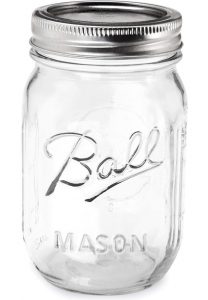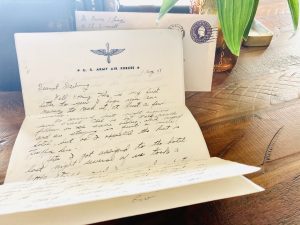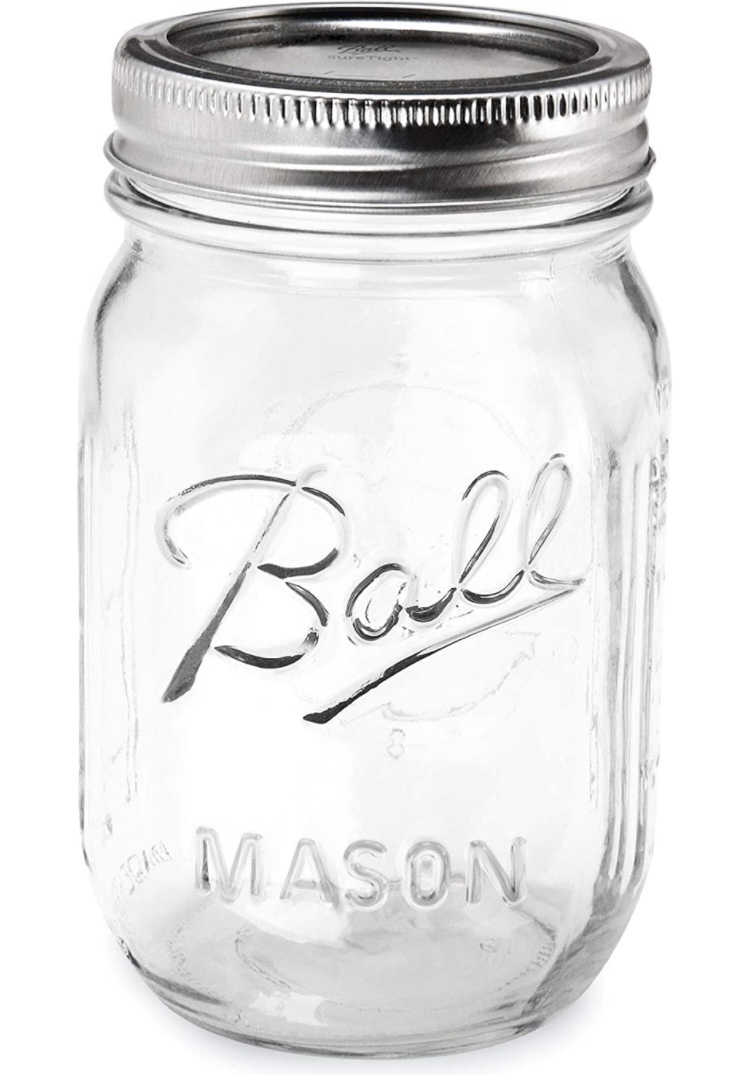Preserving the Memories
It’s time to save those memories. The practice of preserving and canning allows us to enjoy the harvest of our garden later. Likewise, there are memories and artifacts that we may want to save, preserve, and pass down to others regarding our compassionate child that we have cultivated. 
Late summer and autumn can be a busy time with our large garden. In addition to harvesting the vegetables, the abundance allows us to not only share with others, but also to freeze and can our produce. It does takes time picking, cleaning, and preparing them for later. But it is always worth it when we can enjoy and use the fruits and vegetables in the dead and cold of winter.
We also preserve the memories of our children. We might use our refrigerator, a board, or the wall to display the pictures our child has drawn or their good grade reports or award certificates they received. I am a scrapbooker and make albums of the pictures I took when my girls were babies through high school along with all the paraphernalia such as school pictures, grade reports, drawings, or crafts they made.
It takes me forever putting these albums together since I relive the memories as I look at the pictures, crop them, and put them in the album with embellishments and journaling. Walking down memory lane is powerful, therapeutic and takes time. Seeing my girls look through the albums laughing and reliving, or looking up a certain picture or incident, makes the time and effort worthwhile.
 Both my parents have passed away and as we were going through their possessions in preparing for an estate sale, we found love letters from my dad to my mom. These letters were written on U.S. Army stationary in 1945 just after my dad was liberated as a WWII Prison of War veteran. My mom saved these over all these years.
Both my parents have passed away and as we were going through their possessions in preparing for an estate sale, we found love letters from my dad to my mom. These letters were written on U.S. Army stationary in 1945 just after my dad was liberated as a WWII Prison of War veteran. My mom saved these over all these years.
I am now in the process of digitizing these letters so they can be shared, read, and preserved for others. Reading these letters gave me a whole new perspective of my dad. He was only 22 years old when he wrote these letters. I had never seen this side of my dad. I now have a deeper and broader perspective and understanding of my dad and how he genuinely loved my mom from the beginning of their relationship. I saw what a kind and emotional person he really was but hadn’t always portrayed in my lifetime.
We named our youngest’s daughter’s middle name after her great grandmother’s name, Magdaline. We gave this daughter Grandma Maggie Lange’s worn out, torn bible that has her name on it, and handwritten notes on the margins in the bible. It is special having these relicts of the past and even more when they are within your family line. There is that connection that feeds, fuels and warms the soul.
I remember fishing with my cousin Randy when I was about four years old, and he was around fourteen. We would go out early in the morning on a little fishing boat on a lake in northern Wisconsin. Our families would rent a cabin there for a week together. Randy was an outdoor enthusiast and knew how to fish and hunt. He knew where those fishing holes were. I would catch little sunfish within minutes of plopping a line with a worm in the water. I loved watching the bobber pull down when I had a fish on the line. I knew I would always catch a fish fishing with Randy.
I reeled in the fish and Randy would take it off the hook for me. I saw him discreetly taking my little fish and putting it on his line as bait to catch a bigger fish!!! I still loved spending time with him on the lake. Now Randy writes stories of his fishing and hunting adventures. It’s stories, whether verbally or written, that are communicated and get passed down from one generation to the next. It’s fun to hear these stores. Some we can learn some valuable lessons by hearing them and some we just laugh from the crazy happenings of the past.
I have been questioning the use of social media to share these memories in life. Just like the refrigerator, like most people, I post mostly the positive happenings and outcomes on social media. I enjoy it when memories from a year, three years, or five years ago pop up. I also love hearing what’s happening with my friends and families that I don’t get to see and talk to everyday. Social media gives us the capability to share quickly, easily and to many people.
The drawback, and where I’m conflicted, is there is a tendency to see so many positive posts and as a result, start questioning the value of our own life. We might ask why our life seems dull, boring, or imperfect compared to others. We don’t realize that there’s a lot more behind those positive stories, memories, and faces. Just like I didn’t put the “needs improvement” grade report on my refrigerator, I don’t typically post bad experiences on social media.
The biggest difference here is the scope of people reached through social media compared to my kitchen refrigerator. We want to be happy for others seeing and reading about all the wonderful things that they are doing and even become inspired by them. Sometimes that happens. But there are other times, when we are in our own stormy season, we see so many “refrigerators” on social media. All these happy encounters can get overwhelming and a bit depressing.
We need to remember that people try to maintain an image, a facade. When we see a happy, smiling person, we don’t see all the layers underneath them. Like the lotus plant, we don’t see the mud and the dirt that people have drudged through to get to a wonderful place. People often try to cover the blemishes, wrinkles, or gray hairs, and flaws. Knowing the layers gives so much more depth and genuine compassion for the person. It intensifies our connection. But we generally only show the outer layer in public, guarding the knowledge of our hardships, burdens, and imperfections. People have a need to portray their best image. We don’t want to be seen as weak or flawed.
Memories can be made and preserved through photo albums, a box of love letters, torn bibles with handwritten comments in the margins, and stories told, written, and shared from one generation to the next. These are the harvest we want to preserve and bring off the basement shelf during the cold seasons of winter where the heart and soul might need replenishing and warmth.
Remembering is important. It connects us. It helps us keep in mind the good and the bad, the hard work and the joy, and gives awareness of all that has happened in what seems like so little time. One moment a child is born, then next, they are having their own children and making their own memories to preserve. Continue to cultivate compassionate children from one harvest to the next, one generation to another. Share how to prepare the soil, and plant and nourish the seeds exponentially increasing the number of compassionate children contributing to this earth.
Sonja Wendt
- Enhancing children’s sensitivity in human interactions one story at a time.
- Author and Reading & Seeding Leader
- Cultivating Compassion in Children Books Series
- https://sonjawendt.com/
- Books Available on Amazon: http://bit.ly/SonjaLangeWendt
©2021 sonjalangewendt All Rights Reserved
This is the twelfth and final step in the series of DIG IN, Steps to Cultivate Compassion in Children. The others are: 1) Let’s Talk Dirt 2) Plant Perennial Seeds of Compassion That Grow Deep Roots 3) How to Water the Seed with Compassion — Sprinkle Them with Knowledge 4) Why Growing Seeds Need Fertilizing – Nourish Understanding Feeding Compassion 5) Why Seeds Need Air as a Child Needs Breathing Room – Exhale Compassion 6) How Sunlight to a Plant is like Energizing Compassion in a Child 7) Why Spacing Plants Out and Giving Your Child Space Creates Room for Healthy Growth 8) Why Protecting Your Plants from Harm is Like Protecting Your Child from Danger 9) How Weeding Out the Bad in Your Child’s Life is Like Weeding a Garden 10) How Waiting for your Garden to Grow is Like Waiting for Your Child to Bloom with Compassion 11) Why Appreciate the Flower and Fruit: Your Compassionate Child is in Full Bloom


